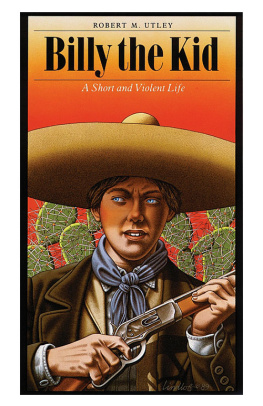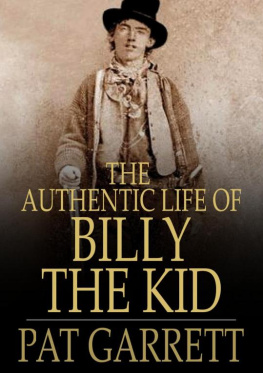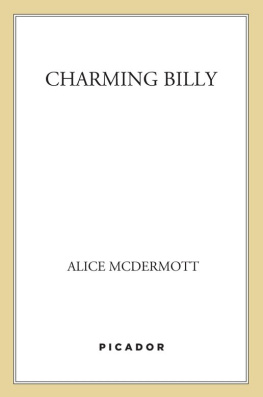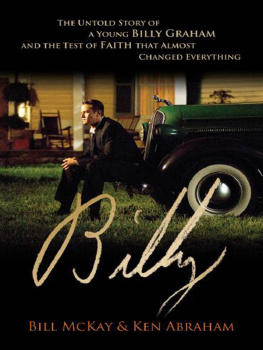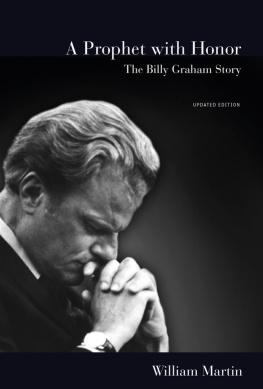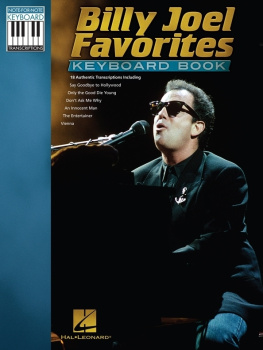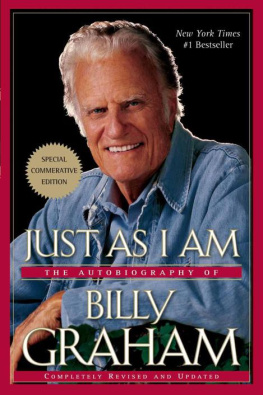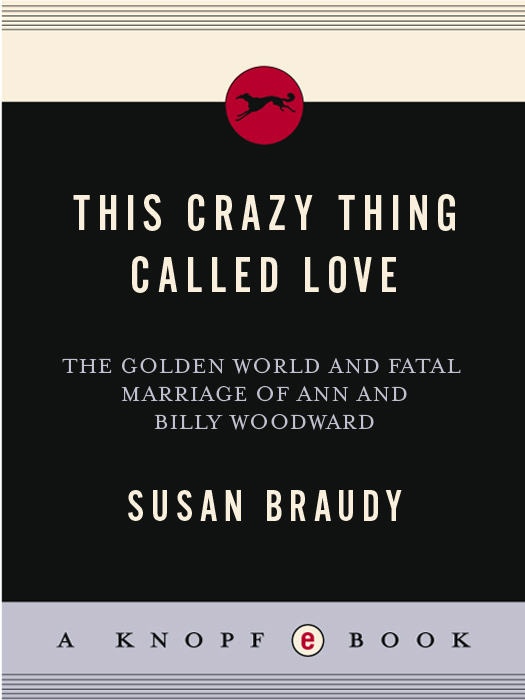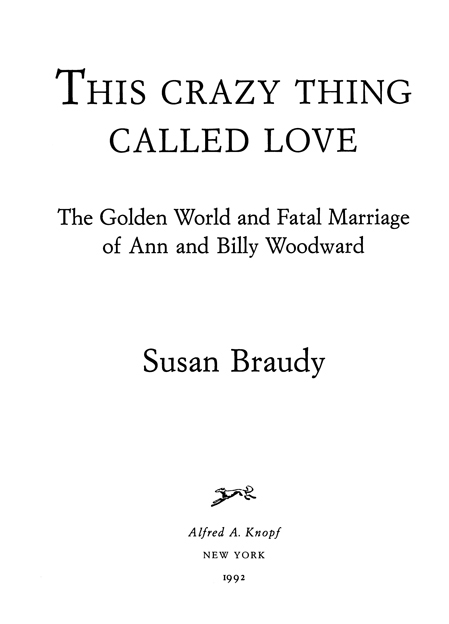ALSO BY SUSAN BRAUDY
Between Marriage and Divorce
Who Killed Sal Mineo?
What the Movies Made Me Do
THIS IS A BORZOI BOOK
PUBLISHED BY ALFRED A. KNOPF, INC.
Copyright 1992 by Susan Braudy
All rights reserved under International and Pan-American Copyright Conventions. Published in the United States by Alfred A. Knopf, Inc., New York, and simultaneously in Canada by Random House of Canada Limited, Toronto. Distributed by Random House, Inc., New York.
Owing to limitations of space, acknowledgments for permission to reprint previously published material may be found following the Index.
Library of Congress Cataloging-in-Publication Data
Braudy, Susan.
This crazy thing called love / Susan Braudy. 1st ed.
p. cm.
Includes bibliographical references.
ISBN 0-394-53247-3
eBook ISBN: 978-0-8041-5335-5
1. MurderNew York (State)Case studies. 2. Woodward, Ann, d. 1975. 3. Woodward, William, d. 1955. I. Title.
HV6533.N5B73 1992
364.152309747245dc20
Published August 17, 1992
v3.1
To Edward Patterson, Charles Allen, Jr.,
Cynthia and Edward Lasker, Victoria Wilson,
and the memory of Bill Sudduth
What is this thing called love?
This funny thing called love?
Just who can solve its mystery?
C OLE P ORTER ,
What Is This Thing Called Love
from Wake Up and Dream, 1939
In the real world, no hatred is totally without justification, no love totally innocent.
W. H. A UDEN
CONTENTS
INTRODUCTION
I met Ann Woodwards sons in the early 1970s. Soon afterward, a mutual friend told me a piece of gossip: it seemed their mother, Ann, a common chorus girl and a former prostitute, had murdered their father because he had been having an affair with Marilyn Monroe. It reminded me of high and low fictionGreek tragedy and bad movies. Most amazing was the possibility that it could be true. It turned out to be one of many Woodward mythscontaining a distorted truth.
The Woodward boys had the diffident manners of rich European princes in 1950s movies. They kissed my hand warmly in greeting; in dungarees they were dressing down.
In the New York Times morgue file on the family there is a front-page article on the shooting of Americas outstanding sportsman William Woodward, Jr., by his beautiful wife, Annformerly Angeline Crowell. The Times identified Ann as a former Copacabana danceranother skewed fact.
The ten-page Life magazine article from November 1955 was entitled The Shooting of the Century. It was clear from the clippings that most Americans believed Ann Woodward was guilty of murder, despite the fact that she had been cleared by a Nassau County grand jury three weeks after the shooting occurred. What was unclear was why the story and the Woodwards people had merited so much publicity.
What struck me most was the October 31, 1955, wire service interview with Ann Woodwards father, a retired Detroit trolley-car conductor who had not seen his daughter in fifteen years. Jesse Claude Crowell had been under the mistaken impression that his daughter had gone to Hollywood and changed her name from Angeline (Angie) Crowell to Eve Arden. Jesse Claude went to every one of Eve Ardens movies, including Mildred Pierce, several times over to stare proudly at what he thought was his daughters image. Eve Arden reminded him of his first wife, Ethel Smiley Crowell Jordan, Anns mother.
The confusion of Anns father suggested a lifetime of guilty secrets and seemed to indict Ann Woodward, at the very least, of disloyalty.
Shortly thereafter I went to a party given by Libby Woodward Pratt, who greeted me at the door of her cottage, Prices Neck, on the beach at Newport. I had just sailed up to her dock on her nephews boat, the Albacore. Mrs. Pratt said, upon learning that I was a journalist, You work, my dear? Isnt it wonderful that my nephews are so democratic?
I met Ann Woodward only once, after having dinner with her younger son, Jimmy.
Jimmy announced he had to retrieve a letter from his mamas apartment. (He and his brother said mmah as though they were English.) Ann was on a three-week trip to Australia. He avoided the lobby of his mothers Fifth Avenue building, letting himself into her duplex maisonette from the street entrance.
His mother had unexpectedly returned from the South Pacific; neither she nor Jimmy seemed pleased to see the other. As Ann Woodward glanced at my bare knees, I realized that I was dressed improperlyand it mattered. It took me years to understand that Ann was treating me in the Woodward manner. This was the way her husbands family had treated her.
I stared at the woman with the uneasy blue-green eyes. Jimmy brushed past his mother, mumbling about retrieving a postcard. I was invited to the drawing room, where a Louis Vuitton trunk was opened to neat piles of clothing and a framed photograph of Ann posed with a rifle next to a dead tiger.
Ann Woodward sat on the edge of a silk couch by the fireplace. The room resembled an unused Broadway stage set. The bibelots, pictures, and chairs were placed in unfamiliar patterns. A curved mirror suggested the 1940s and France. The fragile silk carpet gleamed.
Ann Woodwards conversation began with a complaint about closing houses in Sardinia. The coil of her hair was pulled back from her high brow into a bun, without any attempt to flatter the features of her face. Her only jewelry was a wedding band and a pair of small gold earrings. Her manners were aggressive and genteel. There was an English sound to some of her vowels, but they were not clipped. Nothing about her suggested the immaculate socialite could have murdered the father of her sons.
I could see in her eyes and around her mouth that my staring had begun to bother her. Her face became a sullen mask.
Moments later Jimmy joined us, sitting hunched over and staring at the carpet. I realized that Ann Woodward excused him from the points of decorum I was straining to comprehend. She smiled when I recognized the Modigliani painting above the fireplace. I began to relax and was soon excited to find myself in the company of such elegant people with a shocking and public secret.
During my last few moments in her company, Ann Woodward told me she had written down details of a visit in 1955 to the Duchess of Windsors home in Paris. She murmured the name Nashua. I recognized the name of the Woodward horse that had won two legs of the Triple Crown in 1955, the year she killed her husband. Ann also said that someday she planned to write a book about her life. We both stared at Jimmy after he said under his breath, Whod believe it?
I asked Ann what the Duchess had served for dinner. As she recited the menu, down to the hors doeuvres, her manner seemed less imposing and I realized that the Duchess seemed as exotic a figure to Ann as she did to me. The meal ended with Camembert ice cream, Ann said. It is called a savory.
Ann Woodward did not look or talk like anybody I knew, but she did remind me of the woman in coral lipstick and a floral chiffon gown who had greeted Anns older son, Woody Woodward, and myself at a Museum of Modern Art benefit. (I had met Woody before meeting his brother, Jimmy. Woody and I were both working on a journalism review called More.) While Peter Duchins band played on in the sculpture garden, the woman spoke in the same transatlantic accent as Ann about horse races in the Bois de Boulogne.



